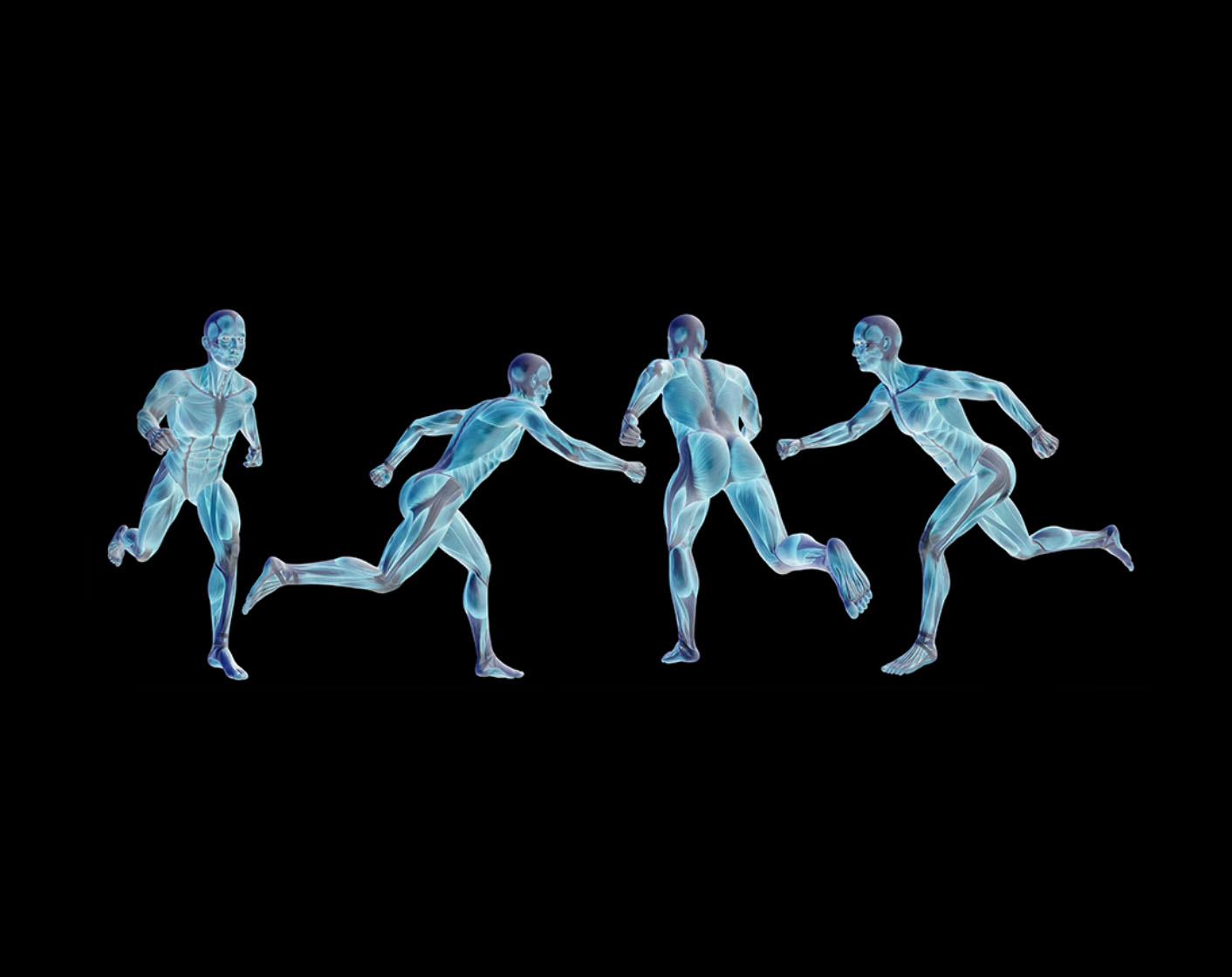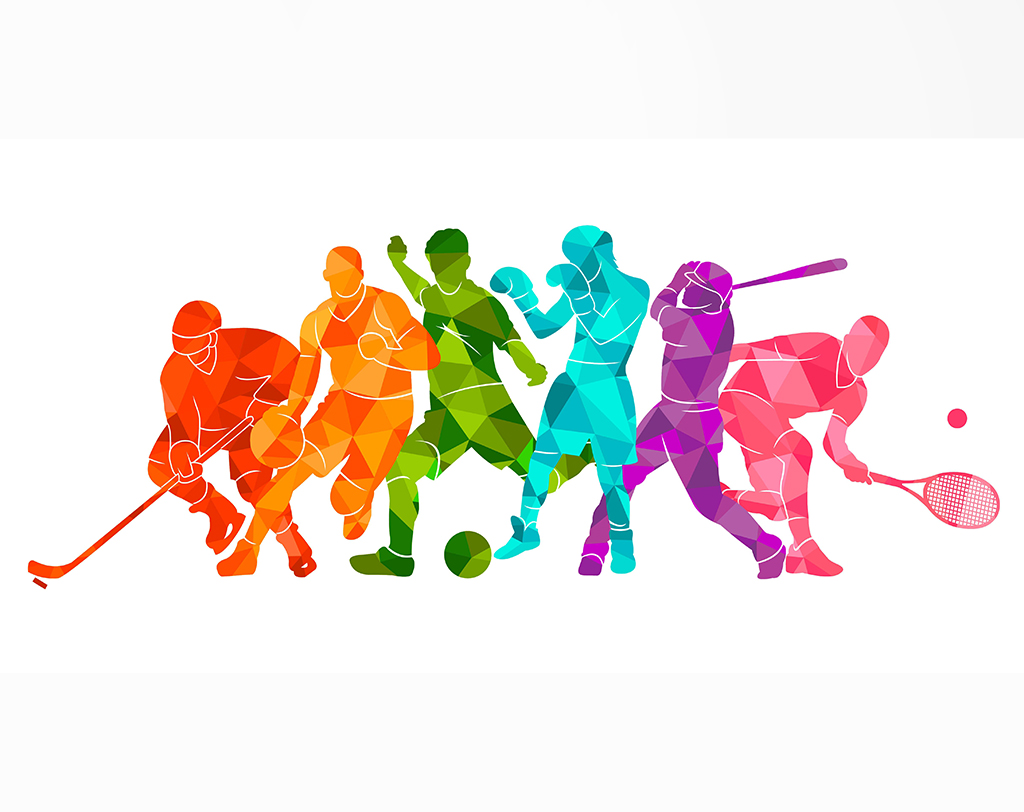
Upper Body Prep: Shoulder Mobility Exercises
- Noah Soliman
Understanding the Shoulders
The most important muscles within the shoulder are known as the rotator cuff muscles, in which their primary responsibility is to stabilise the shoulder joint and provide movement. The rotator cuff muscles consist of 4 muscles, explained below.
- Supraspinatus: The smallest of the 4, this muscle runs from our upper back to the top of our upper arm bone. It assists in the arm’s movement away from the body (abduction) and provides stability to our upper arm bone (humerus).
- Infraspinatus: A thick muscle shaped like a triangle; the infraspinatus covers a greater area of your upper back whilst also connecting to the upper arm bone. Its function is to provide force during external rotation of the shoulder.
- Teres Minor: This narrow muscle lies below the infraspinatus and adds stability to the joint.
- Subscapularis: The subscapularis is another triangular-shaped muscle and is the largest and strongest muscle in the joint. It is located below the supraspinatus and controls adduction of the upper arm (movement towards the body).
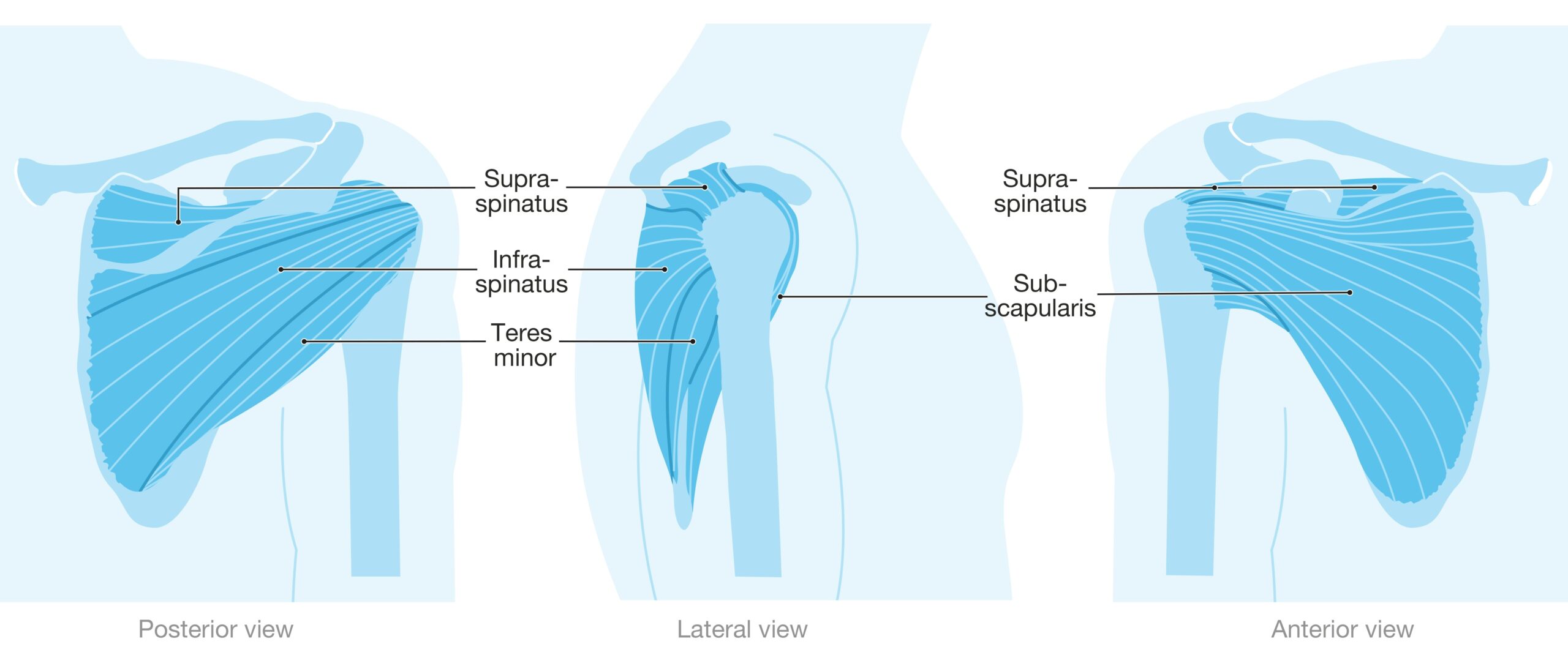
These 4 muscles work in coordination to provide your shoulder with the ability move and generate power for physical activity. It is therefore important that you dedicate time towards a set of rotator cuff mobility exercises – explained later!
Other muscles around the shoulder area that help connect the upper bone torso are the deltoids, trapezius, serratus anterior, and pectoral muscles (major & minor).
Athletic Applications of the Shoulders
Considering that our shoulders determine the movement and power generated from our arms, you can guess how important our shoulders are for athletic endeavours. Sports involving high engagement of the arms, such as baseball or volleyball, will demand your shoulders’ mobility (high range of motion) and stability (force output) for optimal athletic performance. For example, a volleyball player must have the shoulder mobility to fluidly move their arms to receive a ball, but also the stability to generate power for a spike.
Shoulder injuries that commonly occur in these sports include sprains, strains, tendonitis, instability. Their causes range from the muscles being overstretched to overused and is usually treated with physiotherapy.
PhysioFrog’s Best Shoulder Mobility Exercises
Now we have a foundational understanding of our shoulders and their functions, let’s look at some of PhysioFrog’s shoulder mobility exercises and how you can perform them.
- Forward Shoulder Circles: This exercise looks to warm up your shoulders, increasing muscle pliability ahead of demanding stretches. If performed for long enough, it can be quite a challenge!
How to Perform:
(1) With your feet flat and placed shoulder-width apart, lift your arms so they’re facing out.
(2) Create medium-sized circles with your arms whilst avoiding using momentum.
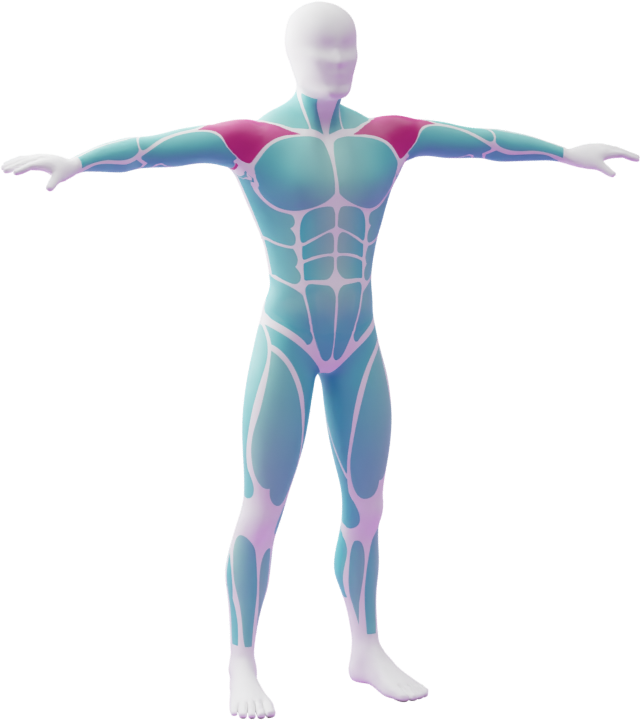
- Single-Pec Stretch: On top of your chest, you can get a great stretch for your rotator cuff muscles with this exercise.
How to Perform:
(1) Face a wall with your feet shoulder width apart.
(2) Place your palm flat on the wall so it’s parallel with your shoulder.
(3) Twist your upper body outwards, feeling the stretch in your pec.
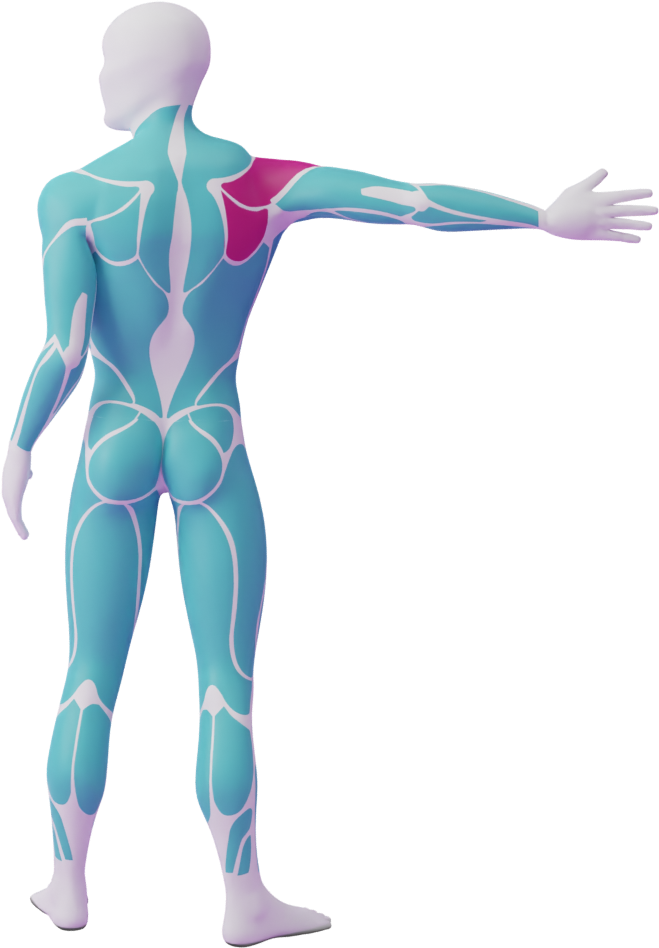
- Breaststroke: This exercise takes your shoulders through a wide range of motion whilst challenging their endurance.
How to Perform:
(1) Lie on your stomach with your body straight.
(2) With your shoulders back and hips on the floor, raise your arms up.
(3) Then, pull your arms back and squeeze your back muscles before extending outwards into a ‘breaststroke’ movement.

These shoulder mobility exercises can be followed via 3D muscle body animation at physiofrog.io, alongside shoulder strength and endurance exercises. The primary role of these exercises is to minimise discomfort and maximise on-field performance. Our software recommends the best exercises based on your inputted lifestyle (age, sex, occupation, activities played).
A Holistic Approach
- Heat Therapy: Hot packs are an easy and great way to promote blood flow to your shoulder muscles, reducing stiffness and rate of spasm. If the injury is acute, avoid heat therapy for the first couple days following the injury.
- Cold Therapy: Symptoms of inflammation following an injury, such as shoulder pain, can be minimised through ice packs. Place the ice pack for about 15-20 minutes every couple of hours.
- Massage: Massages can reduce stress and relieve tightness, acting as a great way to minimise discomfort. Professional massages or massage guns are a great way to tackle your shoulders.
For a Perfect Swing or Lift
Your shoulders are paramount for many sports and physical activities – whether that’s dunking a basketball, swinging a bat, or placing cups in the top cupboard. Their high activity makes them incredibly vulnerable to overuse, especially if your sport involves a lot of upper body movement. So, do yourself a favour and integrate just a few of PhysioFrog’s shoulder mobility exercises into your fitness lifestyle. This will ensure that you’re not only competing with comfort, but you’re competing for the duration you want.
For a library of shoulder exercises that look to work muscle mobility, strength, and endurance, join our community of upper body athletes – from tennis players to baseballers – at PhysioFrog. We believe that athletes, of all levels, should have access to sport science’s latest techniques in a digestible and practical format.
Peak performance demands peak preparation – start with PhysioFrog.
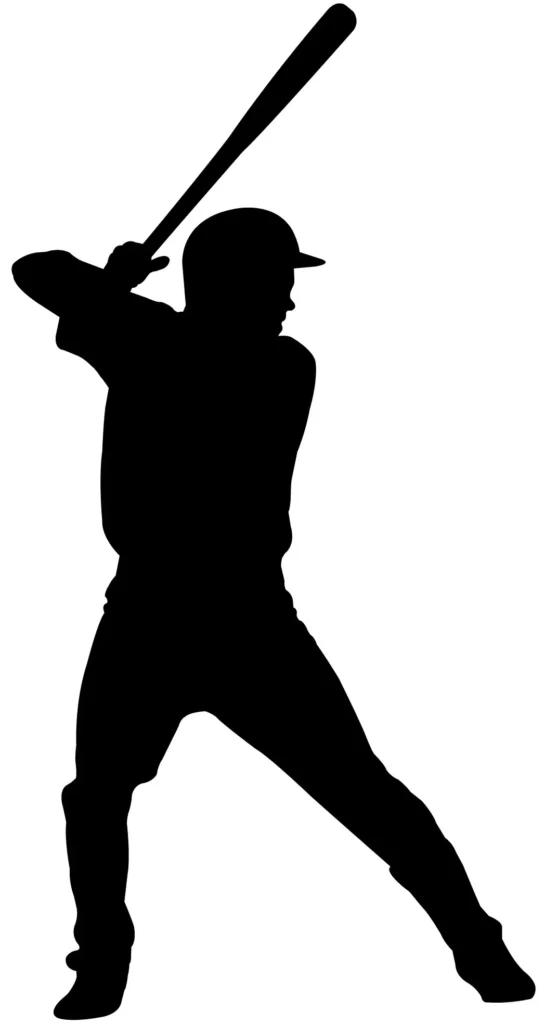
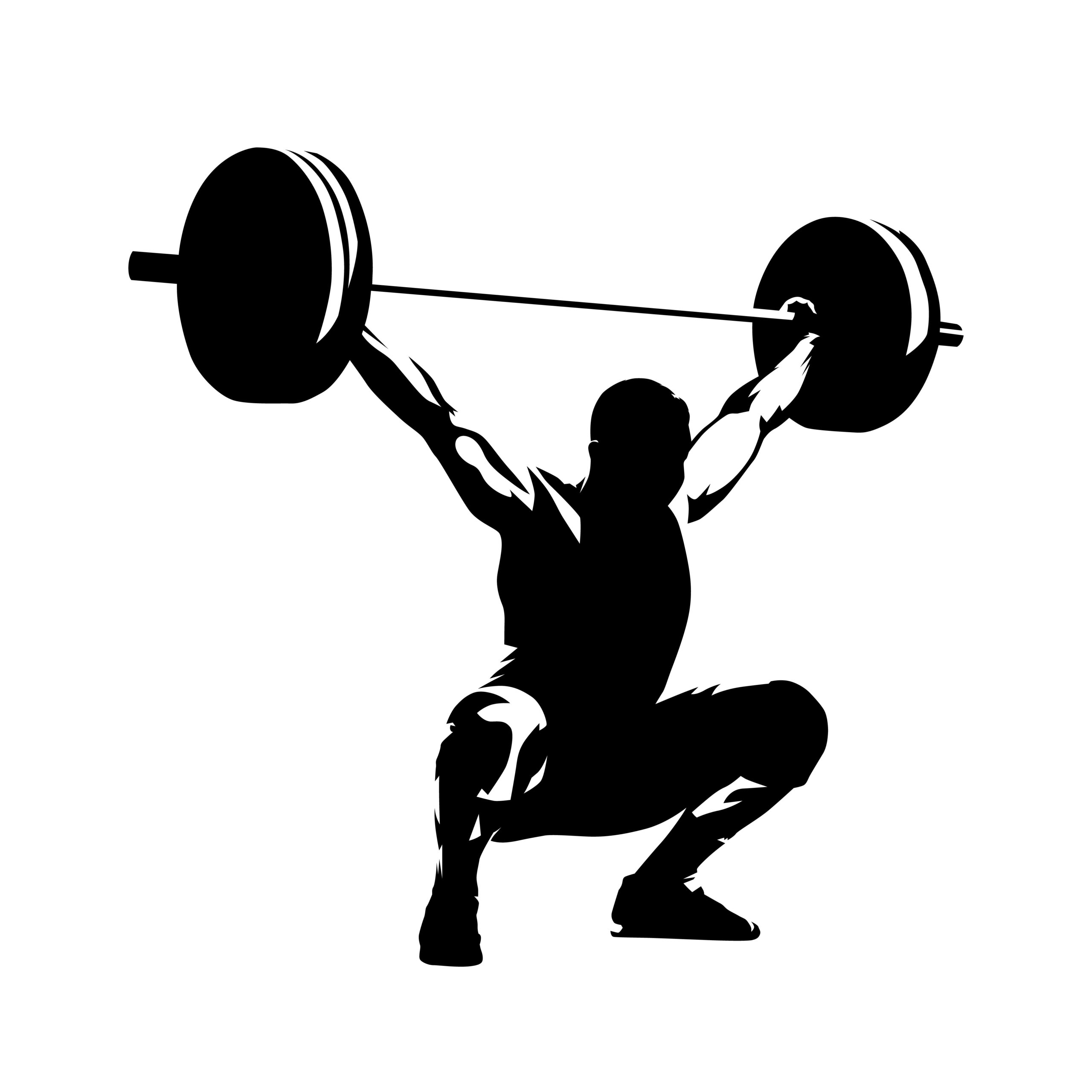
Thanks for reading,
Noah Soliman, Principal @ PhysioFrog
Get to grips with the physiology and mechanisms behind our warm-ups, and learn how their applications can maximise your on-field performances. Along with the physical benefits of muscle preparation, get an insight into its psychological benefits to truly understand your mind and body!
Get to grips with the physiology and mechanisms behind our warm-ups, and learn how their applications can maximise your on-field performances. Along with the physical benefits of muscle preparation, get an insight into its psychological benefits to truly understand your mind and body!
Experiencing shoulder pain? Follow our personalised recovery programs



